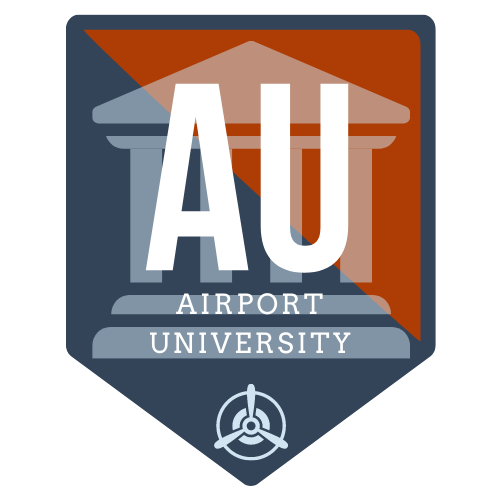Airlines require the use of facilities at the airport to properly and efficiently move passengers, goods, and baggage. Gate use agreements are just one part of the lease agreement that an airline has with an airport. Many factors play into the agreement’s language, but review Airport Lease Agreements and Signatory vs. Non-Signatory Agreements for background information.
Historically, some gates and areas were for the exclusive use of one airline. Before Deregulation of 1978, the FAA controlled which airlines flew to which airport and how often. This led to long-term lease agreements that were Residual in nature and contained exclusivity provisions.
With the Federal government promoting competition both through statutes and regulations, airports are poised to change their ways as long-term agreements expire and new agreements are negotiated. The changes also provide greater control by the airports over their own facilities and reduce the construction costs that additional space would require. The most common lease term at the moment is five years.
Types of Gate Use Agreements
The four common types of gate use agreements are Exclusive Use, Preferential Use, Common Use, and Joint Use.
Exclusive Use
Exclusive Use gate agreements provide that only the airline can control the use of their gate areas. This was very common with regulation and even for a number of years post-regulation. Hubs often contained exclusive use clauses that prevented competitors from using the gate.
Some pros to exclusive use include:
- Consistent operations at specific gates
- Airline maintains the jet bridges
- Airline can be responsible for security of the gates
Some cons to exclusive use include:
- Lack of control by the airport
- No flexibility if a gate is not used by an exclusive airline
- Possible violation with Grant Assurances
Preferential Use
Preferential Use is becoming more common as it allows airlines to use the same gates without the right to be the sole user. The airport has control over gate assignments, with specific airlines having a preference. In the event of an airline reducing flights into your airport, Preferential Use agreements would allow you to provide the gate’s use for a competitor. Maintenance typically becomes the responsibility of the airport. However, this is dictated by the agreement.
Preferential use maintains some assurances for investors when using revenue-backed bonds. Giving the airport the ability to assign another airline to that gate helped to satisfy investor concern over the airport’s ability to generate revenues. To protect the airport’s interest, the agreement may contain language that requires utilization requirements to maintain preferential use on a gate.
Common Use
In Common Use agreements, the airport has complete control over all gates and areas and allows airlines to use any gate they assign. This is the complete opposite of an Exclusive Use concept. Las Vegas International Airport (LAS) fully embraces the Common Use concept. It even has a Common Use Passenger Processing System (CUPPS), and as of this posting, it is the only major US airport that utilizes the Common Use concept 100%.
Joint Use
Joint Use areas are similar to common use. However, they are jointly shared as an understanding or agreement instead of simply at the airport’s discretion. Baggage makeup and claim areas can also be joint use, shared by different airlines, and a cost-sharing formula.
Recent Trends
As the trend is moving to more freedom for the airport, some areas remain Preferential Use, such as ticket counters. Some airports still lease ticket counter space under an Exclusive Use agreement regardless. The gates are typically Preferential Use, but some airports are going Common Use for boarding areas.
Common areas such as baggage claim areas are most commonly leased as Common Use. When it comes to paying for these areas, several formulas are utilized. The most common one used is the 20/80 formula. In the 20/80 formula, 20% is based on the number of carriers, and 80% is based on the number of deplaned passengers.


